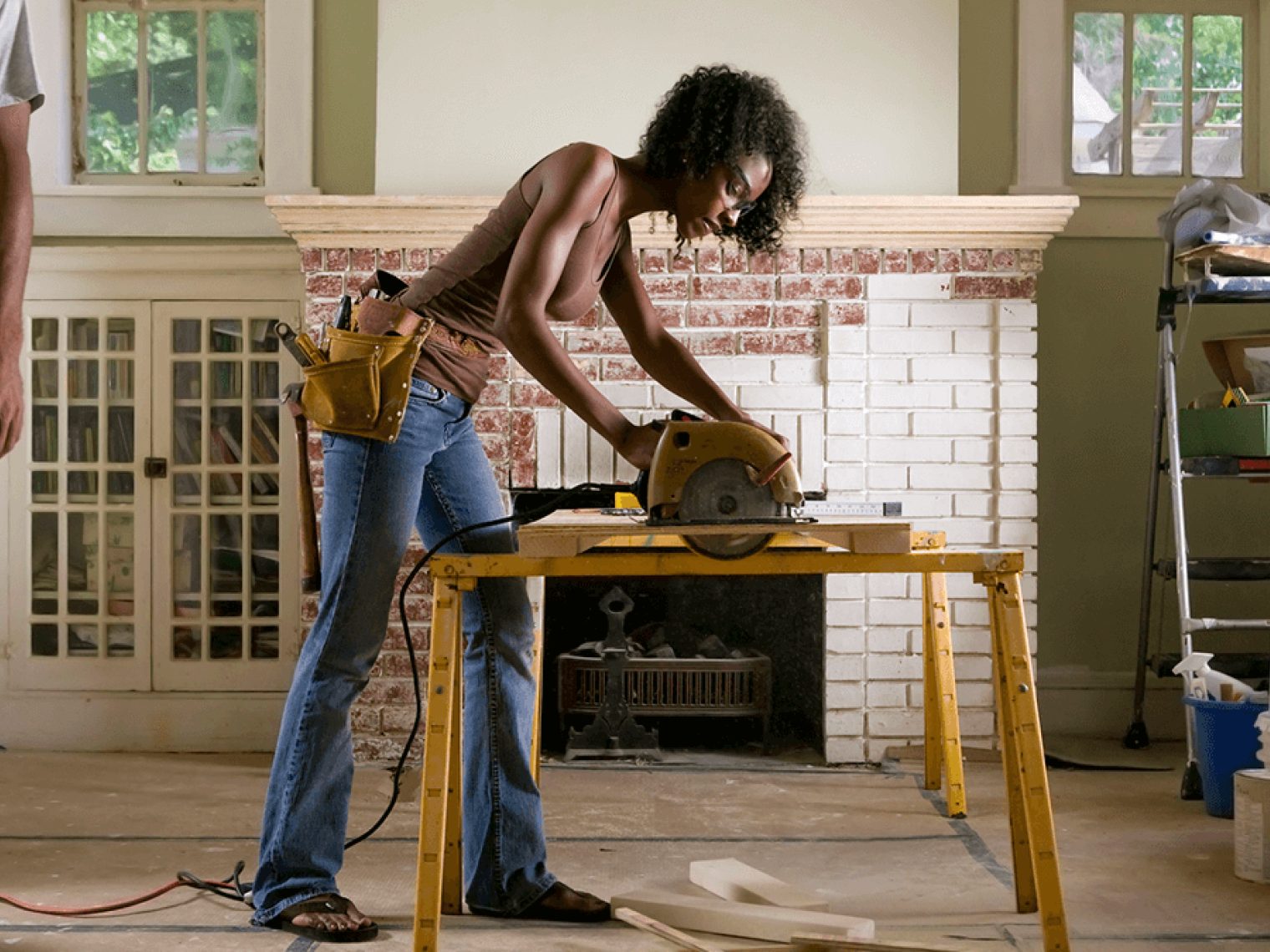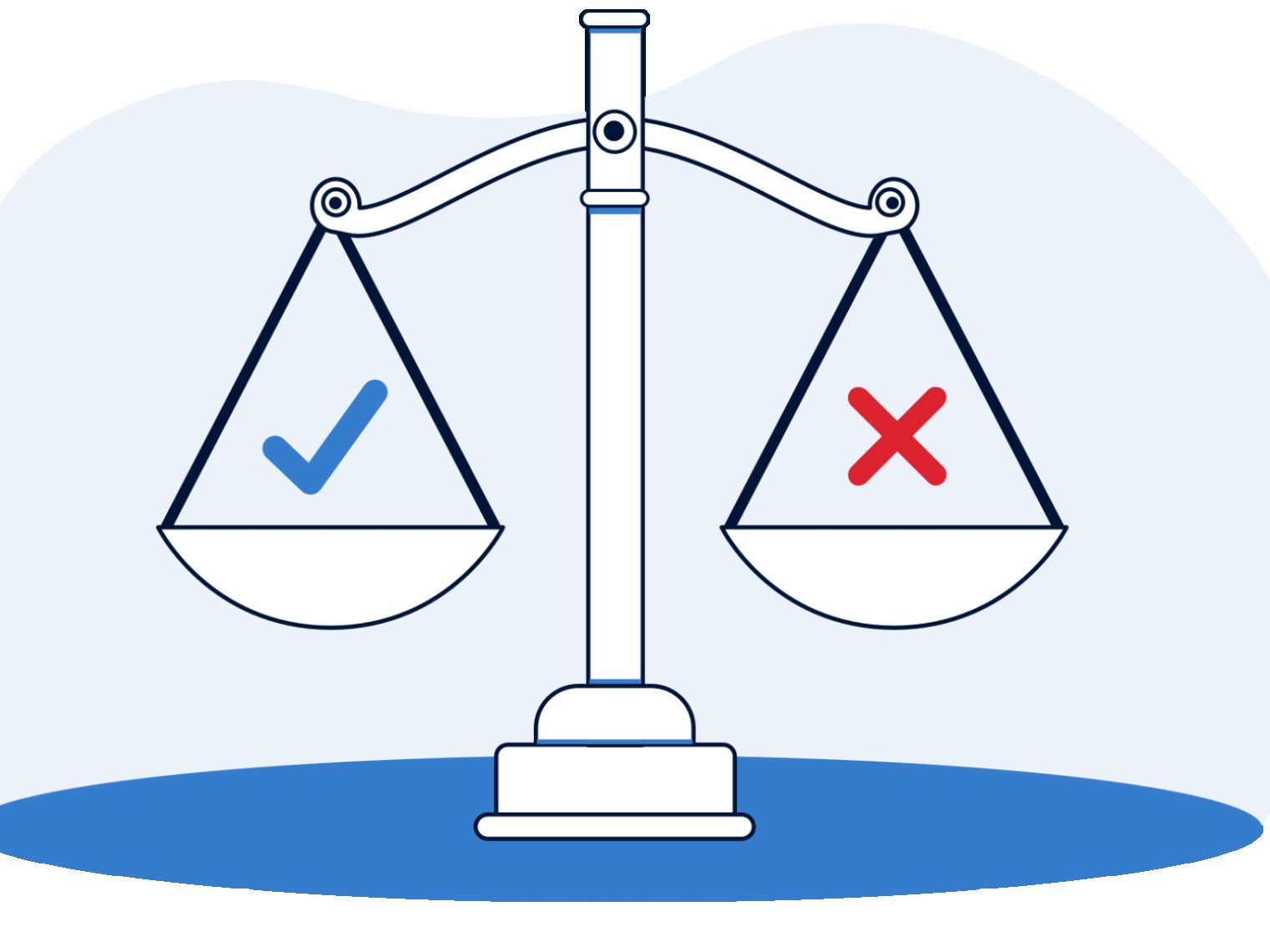VA loans aren’t a one-time home financing option. You can use and reuse this program over and over again. However, reusing your VA loan benefit requires Veterans and service members to seek what’s known as restoration of entitlement.
Qualified buyers with their full entitlement can purchase without a down payment, regardless of how much they’re borrowing. But Veterans who have utilized a VA home loan before may have some or none of their entitlement remaining when the time comes for them to seek another VA purchase.
That’s when restoration of entitlement comes into play.
What is a VA Restoration of Entitlement?
A VA restoration of entitlement allows borrowers who have previously used their VA loan benefit to take out a new VA mortgage with 0% down and no loan limit.
Why VA Entitlement Matters
VA entitlement is what makes it possible to get a $0 down payment on a VA mortgage with no limit to how large the loan is. The $0 down payment is courtesy of the VA guaranty, which is a promise to pay lenders up to 25% of the loan amount if the borrower defaults.
Having “full entitlement” means you have access to the full extent of the VA guaranty ($0 down with no loan limit max). Eligible Veterans can access their full entitlement if they:
- Have never used the VA loan before
- Have used a VA loan in the past and paid it off in full
If you have a current VA loan, you will have “reduced” or “partial” entitlement, which can affect your 0% down buying power and even your ability to get another VA loan. Most lenders providing the VA loan require 25% of the loan amount upfront through entitlement, a down payment, or a combination of the two.
How to Restore VA Entitlement
There are three basic ways Veterans can restore previously used VA entitlement:
- Selling the original property and repaying their VA mortgage in full
- Allowing a qualified Veteran to assume their current loan with a Substitution of Entitlement
- Refinancing their existing VA loan into a non-VA product and invoking what's known as the "one-time restoration of entitlement”
You should know that restoration of entitlement is not an automatic process. Once you have taken action to restore your entitlement, you must then notify the VA by completing VA form 26-1880, focusing on Section III - Information Regarding Previous VA Loans. The VA will then update your Certificate of Eligibility to reflect your reinstated entitlement.
An approved VA lender can help guide you through this process.
Keep in mind you don’t necessarily need to restore entitlement to purchase again. Some buyers may be fine relying solely on their second-tier entitlement.
Selling to Restore VA Loan Entitlement
Selling the original property and repaying your VA mortgage is the easiest route to entitlement restoration.
When selling to restore entitlement, there are two essential steps:
- Make enough off the home sale to pay your VA lender in full
- Dispose of the property by selling or having another Veteran assume your loan
Transferring the property through sale or assumption is important here because the VA loan program is meant for primary residences — not investment properties.
For VA loan assumptions, the only way to safeguard your entitlement is to have a Veteran assume your loan and substitute their entitlement for yours. Unless that happens, Veterans will not regain their entitlement with a loan assumption – it will remain tied to the property until the loan is repaid in full.
How to Restore VA Entitlement After Foreclosure or Short Sale
First, it’s important to understand short sales and foreclosures are not the same thing. A short sale is when a borrower gets permission from their lender to sell their home for less than they owe, while a foreclosure is when a lender repossesses a house after a borrower has failed to make their monthly payments.
With a VA loan, both short sale and foreclosure result in a loss of whatever entitlement you used to acquire the property. There is also typically a two-year waiting period before lenders will approve you for a new VA loan.
Unfortunately, the only way to regain your entitlement after a short sale or foreclosure is to repay that lost entitlement to the VA in full. Some buyers will likely be better served putting that money into a down payment than repaying an entitlement charge. A lender can help Veterans in these situations evaluate their entitlement situation and their financing options.
Refinancing to Restore VA Entitlement
Homeowners with VA loans can choose to refinance into a non-VA loan product (conventional, FHA, or USDA). Refinancing creates a brand-new loan, which means the current loan gets repaid in full. But refinancing by itself doesn’t allow Veterans to restore their entitlement without a special, one-time exception.
The reason is that VA loan entitlement isn’t just tied to the Veteran – it’s also tied to the property the Veteran purchases. Unlike a home sale, you aren’t getting rid of a home with a refinance, and that makes all the difference.
VA loans are all about primary residences, and the benefit comes with occupancy rules, which are in place to prevent the program from being used to amass a bunch of investment properties.
Because you’re holding onto your home in these scenarios, you can only restore your entitlement in this way once.
One-Time Restoration of VA Entitlement
A one-time restoration of entitlement allows borrowers to get a VA loan for a new home without selling their current one.
This one-time exception to the “must-sell” mandate makes it possible to buy a home that eventually becomes a vacation home or a rental property and then turn around and restore your full VA loan entitlement for another purchase. Without the one-time VA restoration of entitlement, you’d either have to get rid of the property or rely on your remaining entitlement to get a new VA mortgage.
But there are a couple of big caveats with one-time restoration. Here’s what you should keep in mind:
- You can only seek one-time restoration if you’ve fully repaid the original VA loan
- You must either live in the home until you repay the entire mortgage (often 15 or 30 years) or refinance the VA loan into another loan type
- Once you use the one-time restoration, if you want to restore your VA loan entitlement again in the future, the VA requires borrowers to get rid of all properties obtained with a VA loan.
Once you obtain the one-time restoration, your Certificate of Eligibility will always have a notation about it. That means you’d have to sell any and all future homes you’ve purchased using the benefit.
How Many Times Can You Restore VA Entitlement?
This is a benefit Veterans have earned for life. There’s no limit to the number of times you can restore your VA loan entitlement, provided you meet guidelines and requirements. You can only restore your entitlement through the one-time restoration method once.
How Long Does It Take to Restore VA Loan Entitlement?
Lenders may be able to help you restore your entitlement quickly. It’s possible for Veterans to sell a home, restore their entitlement, and purchase a new home within the same day. But every Veteran homeowner’s situation is different.
When Can’t VA Entitlement Be Restored?
You may have trouble restoring your VA entitlement if:
- There were changes to your service eligibility, such as dishonorable discharge
- You are trying to keep your current property and obtain a new VA loan
- If you allowed someone to assume your VA loan without a Substitution of Entitlement
- If you defaulted on your previous VA loan and have not repaid it
Entitlement restoration is unique to every buyer, so it’s best to consult with a VA loan officer to discuss your available options.
Related Posts
-
 VA Renovation Loans for Home ImprovementVA rehab and renovation loans are the VA's answer to an aging housing market in the United States. Here we dive into this unique loan type and the potential downsides accompanying them.
VA Renovation Loans for Home ImprovementVA rehab and renovation loans are the VA's answer to an aging housing market in the United States. Here we dive into this unique loan type and the potential downsides accompanying them. -
 Pros and Cons of VA LoansAs with any mortgage option, VA loans have pros and cons that you should be aware of before making a final decision. So let's take a closer look.
Pros and Cons of VA LoansAs with any mortgage option, VA loans have pros and cons that you should be aware of before making a final decision. So let's take a closer look.

